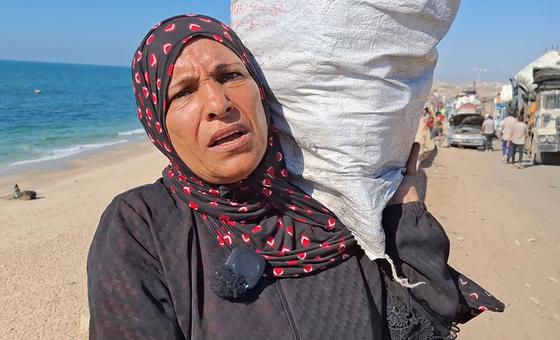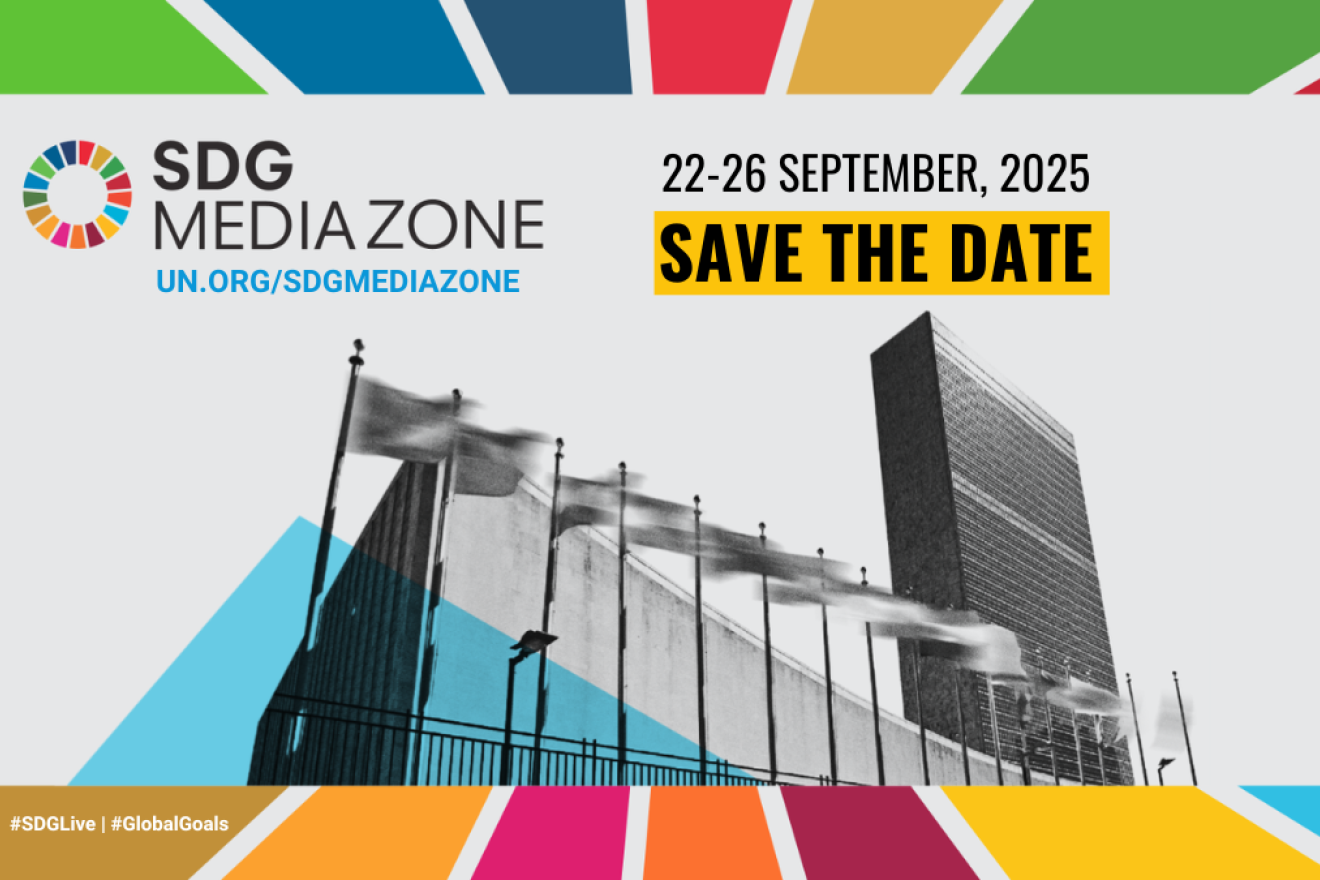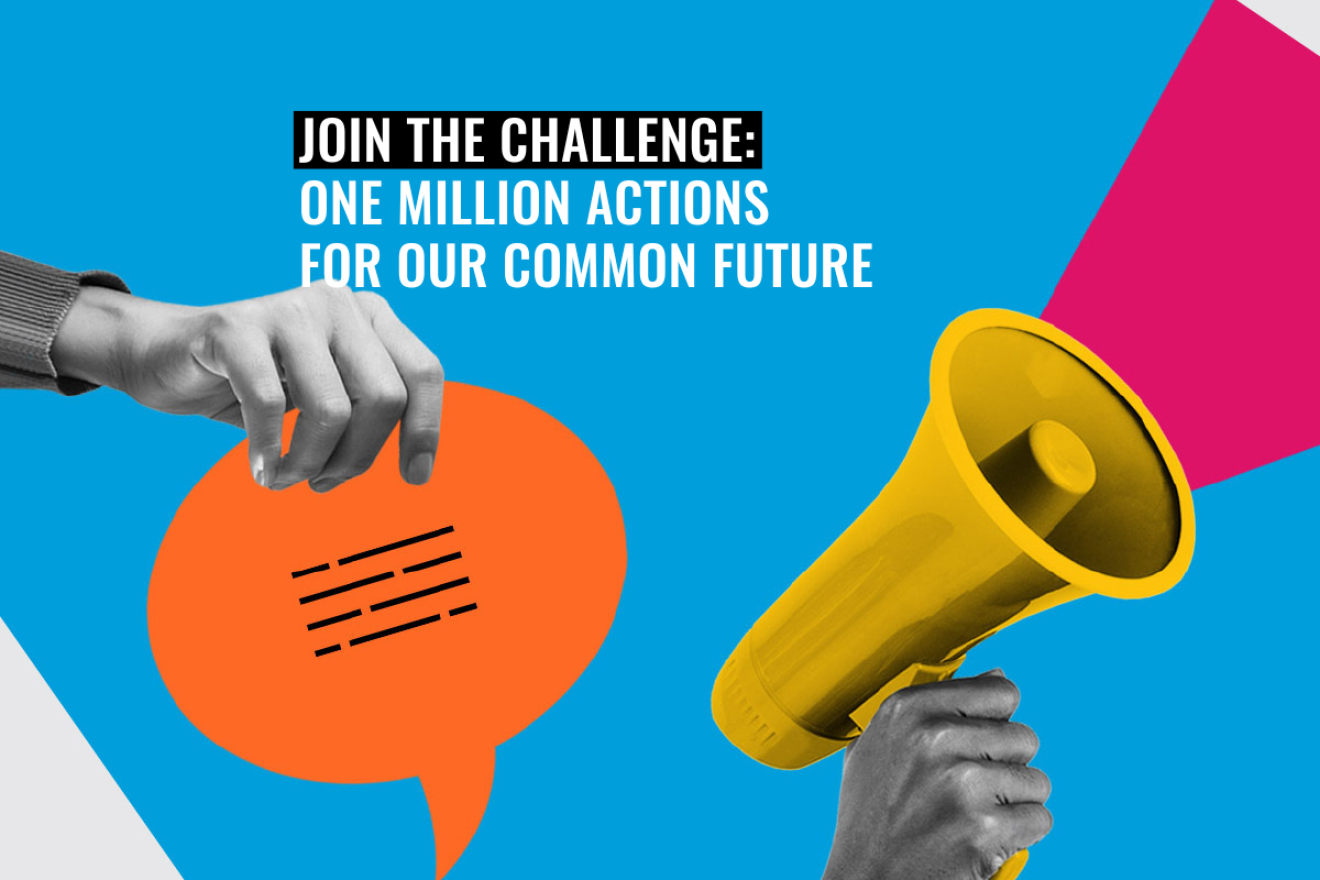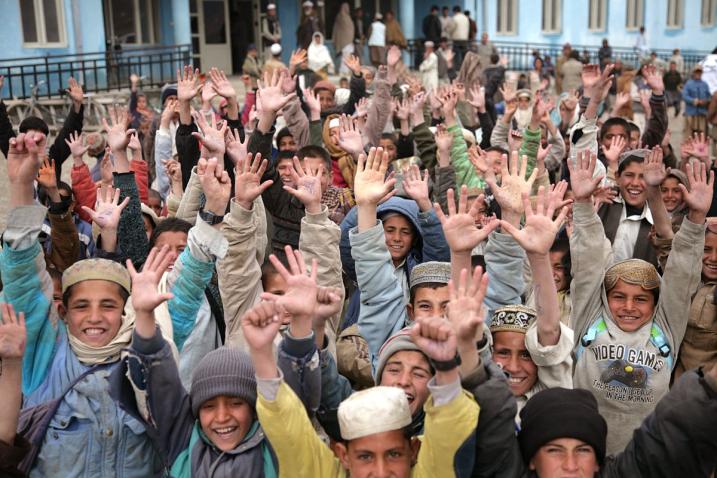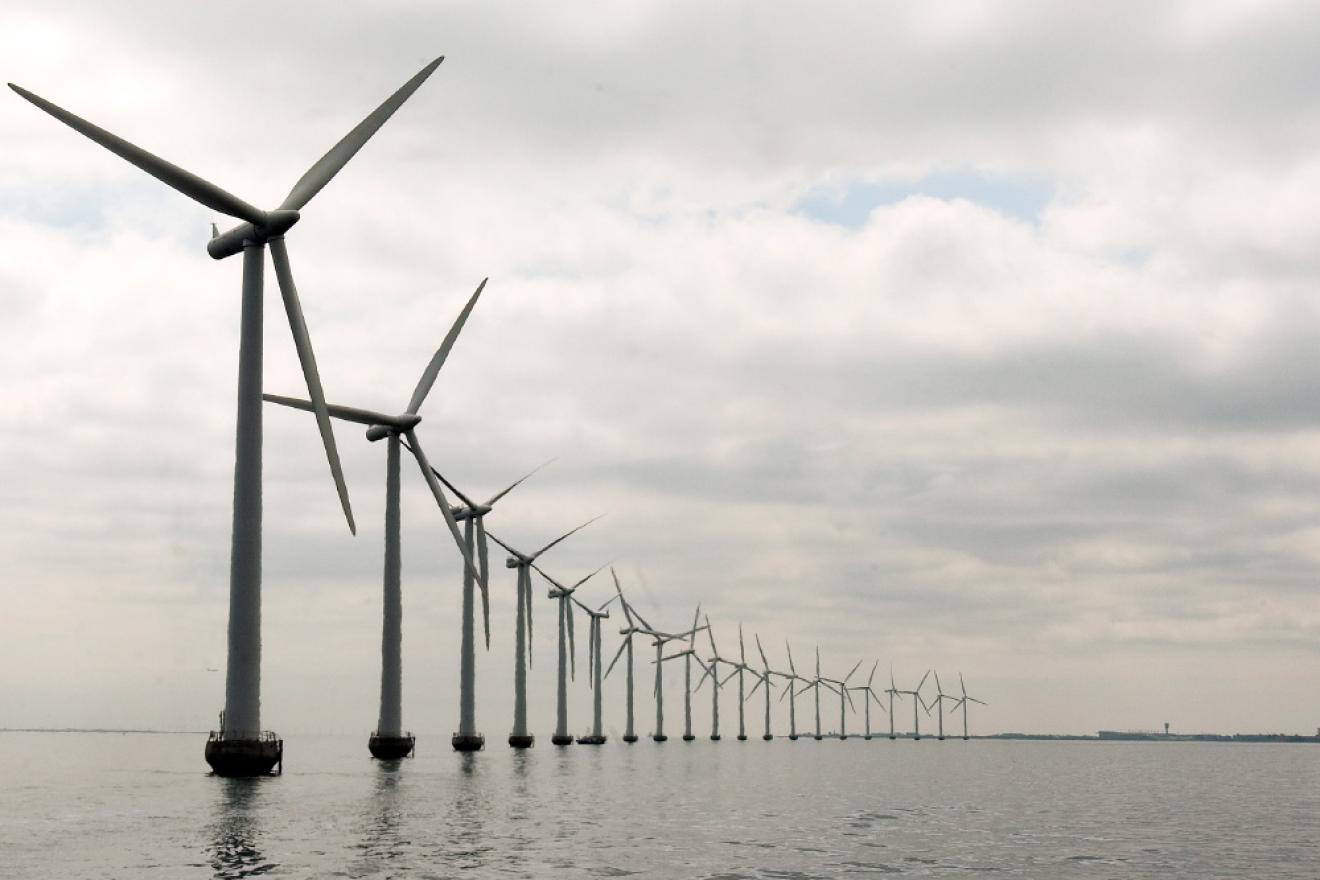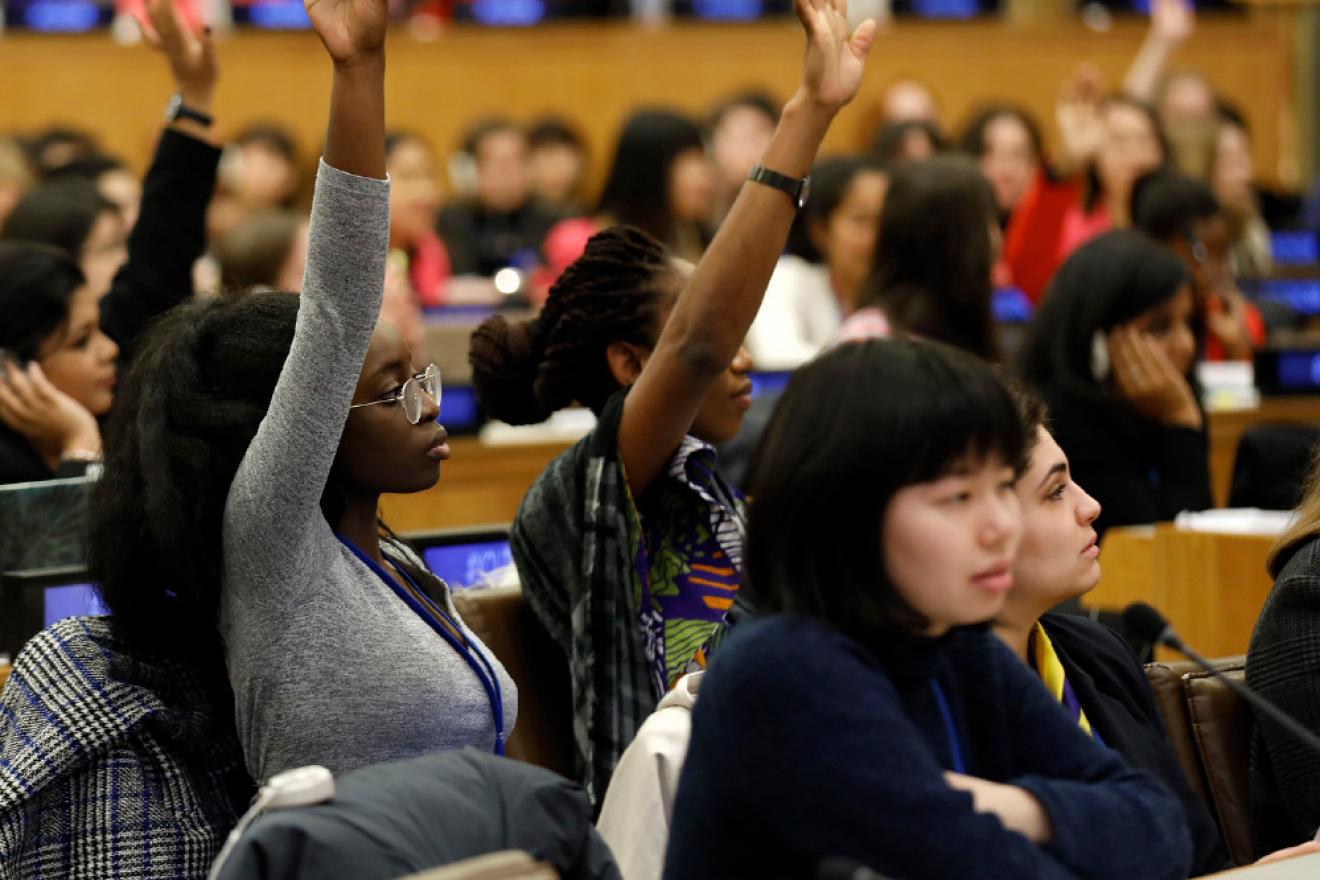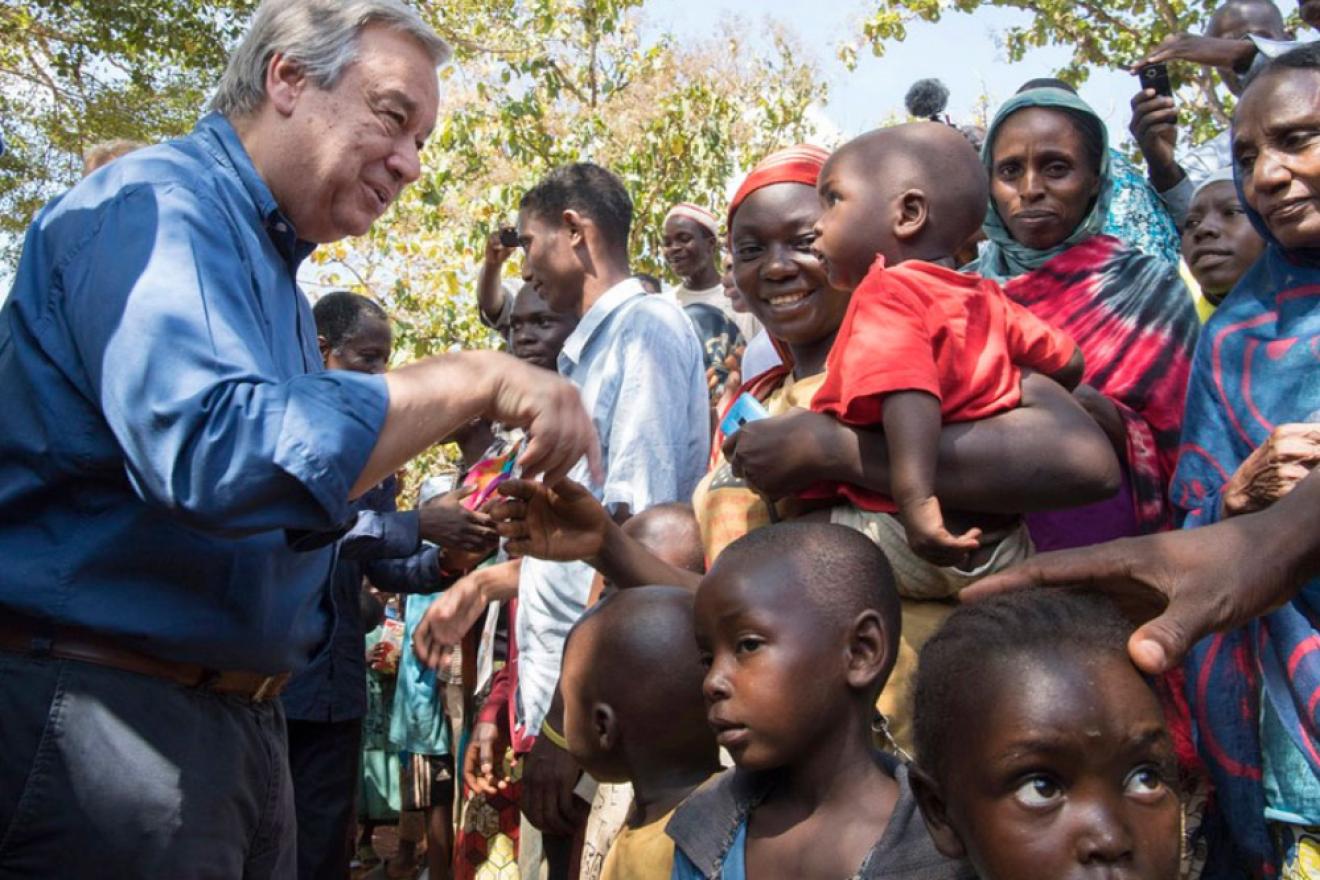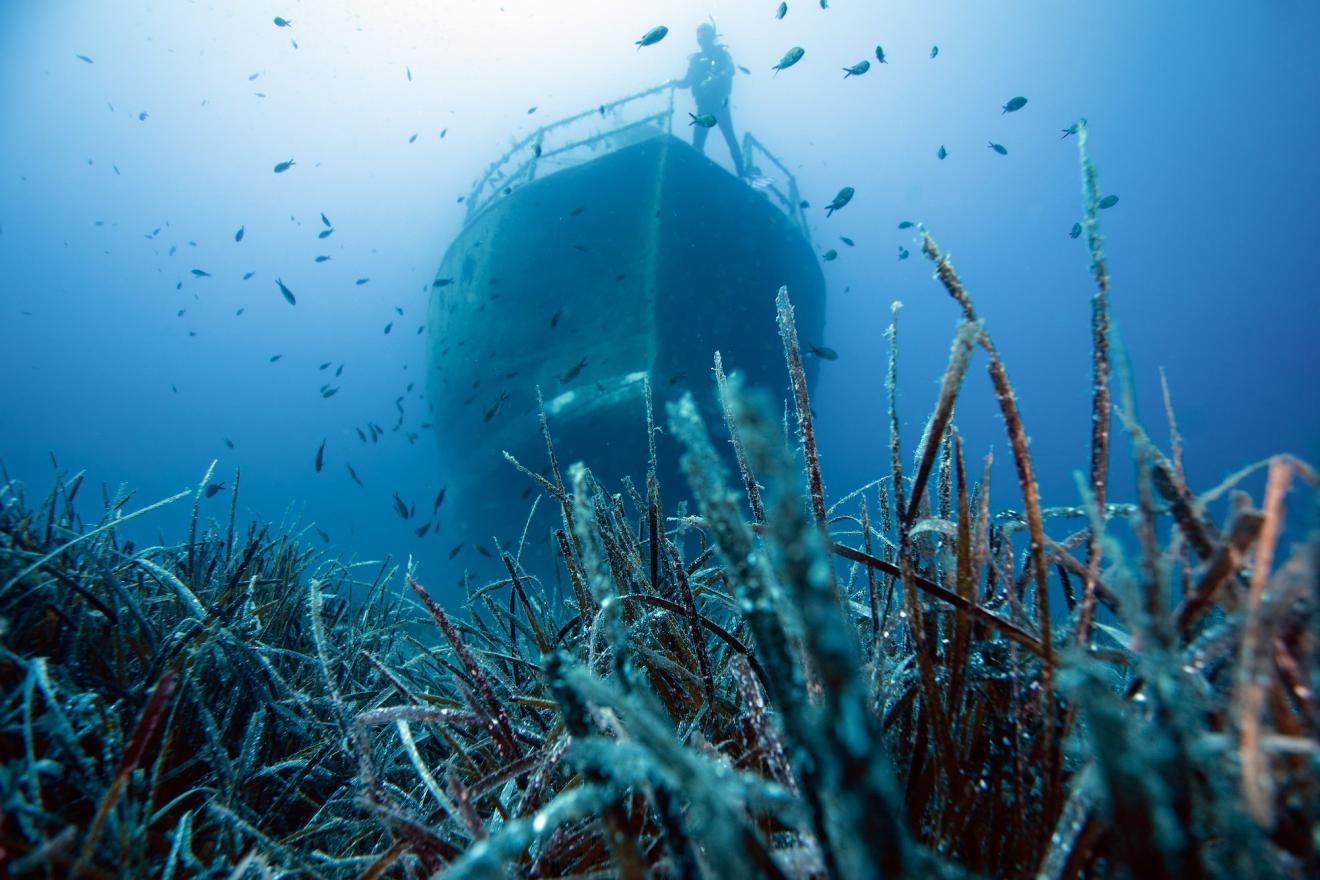Join the United Nations Department of Global Communications during the high-level week of the General Assembly's 80th session from 22-26 September and hear about the transformation and solutions needed to accelerate action on the SDGs. See the details on the SDG Media Zone UN80 programme.
Rohingya refugee crisis escalates: UN seeks global attention
Eight years after the forced mass displacement of the Rohingya community due to violence in Myanmar's Rakhine State, their circumstances continue to deteriorate. Over the past year and a half, 150,000 Rohingya — a mainly Muslim minority in a predominantly Buddhist country — have fled to neighbouring Bangladesh, marking the largest influx since 2017. In light of this dire situation, the UN Secretary-General hopes that the High-Level Conference on Rohingya Muslims and Other Minorities in Myanmar draws renewed international attention to the urgent need for long-term solutions. Follow the event live.


